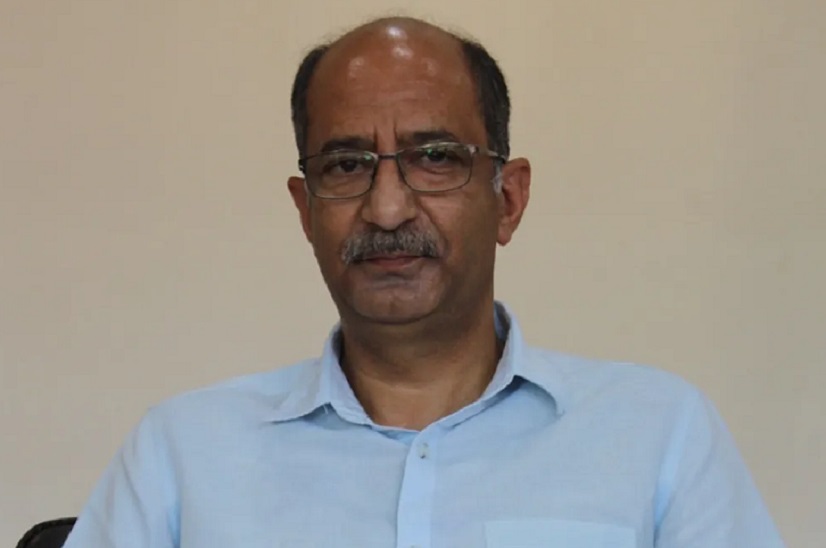Death of three militants in Baramulla and earlier that of the three at Heff Shirmal in Shopian, which included the brother of an IPS officer, underlines the persisting grim state of affairs prevailing in the Valley. Three militants in Baramulla – identified as Suhaib Farooq Akhoon, Mohsin Mushtaq Bhat and Nasir Ahmad Darzi – were the local boys and had only recently joined the militancy. A total of nine militants have been killed in three separate encounters in the Valley since Monday. Also, four photojournalists, covering protests while the gunbattle was on at Shopian, sustained injuries when securitymen fired pellets to break up the crowd.
The fresh killings have once again put into sharp relief the extraordinary situation that Kashmir has been facing over the past four years now. And as the continuous violence underlines, there seems no end to it. An estimated 257 militants were killed in 2018, the largest number since the outbreak of the new age militancy in 2015. But many more local youth have joined militancy. In addition, there has also been new infiltration to supplement the local recruitment. But New Delhi remains indifferent to the state, so does the media which, as always, plies a distorted picture of the ongoing situation. It is apparent from the terms used to describe the killings in the state. More so, on the television channels. They give such a simplified and stereotyped representation of the situation. This only complicates rather than aids the understanding of the situation.
Only exception this time is the Governor Satya Pal Malik who has expressed pain over the killings, even those of the militants. But he has also made it clear that the security agencies will get on with their campaign to eliminate militancy and that he will ensure all the facilities are made available to them.
The objective of the campaign is to eliminate insurgency by attempting to kill all the militants within a specific timeframe. Viewed from that perspective, the security agencies have been exceptionally successful over the last three years. It is expected that the killings of the militants at this rate could drastically reduce their number. This, in turn, is expected to alter the political dynamics in Valley and usher in peace. The deeper factors underpinning the current state of affairs will linger on and can be expected to create conditions for yet another phase of violence and unrest. This has been the case over the past three decades. The militancy has gone through its crests and troughs but never been wiped out. And same has been the case with the public unrests. The future looks uncertain in Kashmir. And things are unlikely to look up unless New Delhi fundamentally changes its approach to the situation and moves away from a security-centric approach to empathy and engagement.
Follow this link to join our WhatsApp group: Join Now
Be Part of Quality Journalism |
Quality journalism takes a lot of time, money and hard work to produce and despite all the hardships we still do it. Our reporters and editors are working overtime in Kashmir and beyond to cover what you care about, break big stories, and expose injustices that can change lives. Today more people are reading Kashmir Observer than ever, but only a handful are paying while advertising revenues are falling fast. |
| ACT NOW |
| MONTHLY | Rs 100 | |
| YEARLY | Rs 1000 | |
| LIFETIME | Rs 10000 | |








